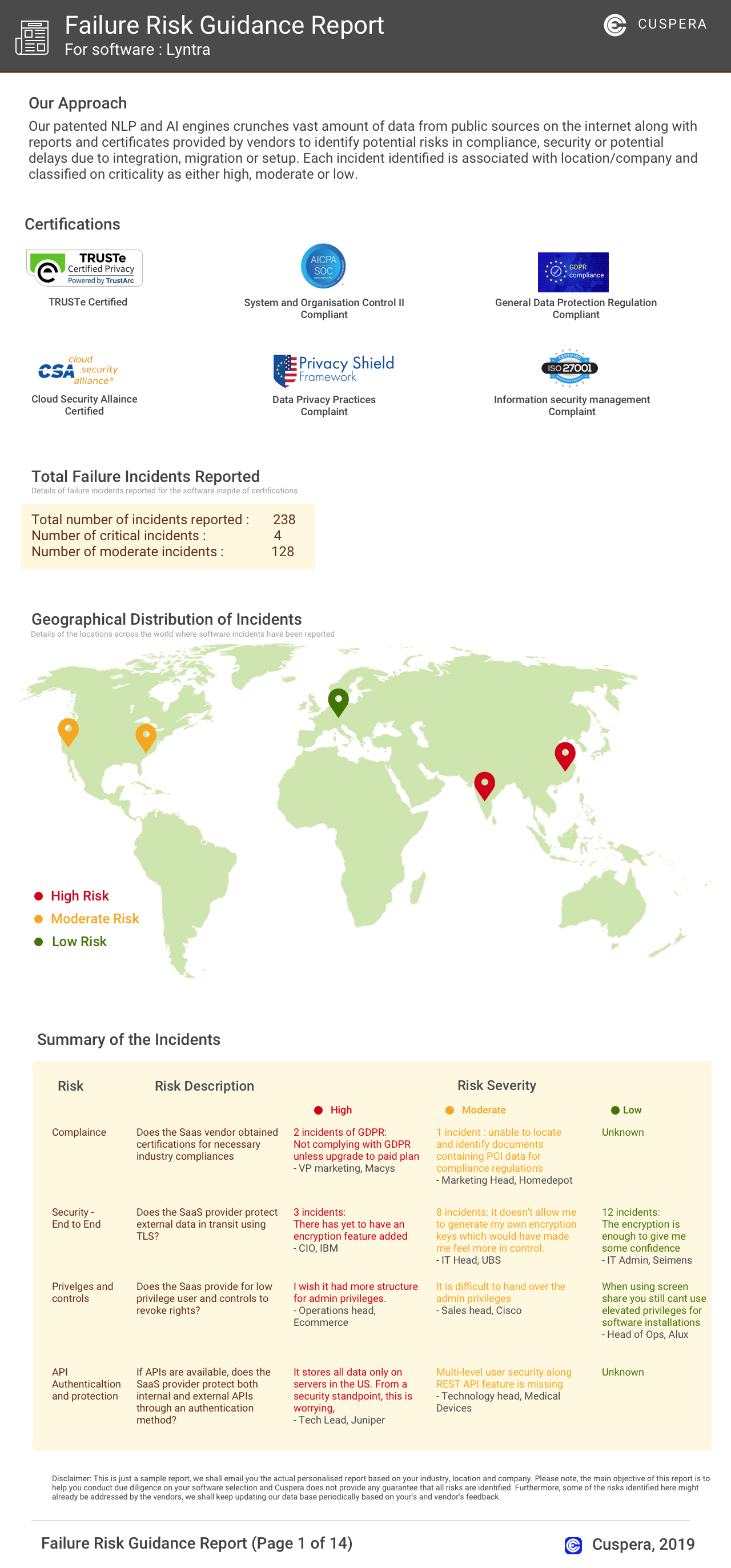Overview: Serpstat and Google Trends as SEO Category solutions.
Serpstat and Google Trends both serve the SEO category but cater to different users and industries. Serpstat focuses on helping large enterprises with digital marketing, while Google Trends aligns more with content management for marketing and advertising industries. Each provides unique features like Google Trends' strong analytics capabilities and Serpstat's robust AI-powered tools. Understanding these distinctions helps businesses choose the right tool for their specific needs in market presence and customer acquisition.
Serpstat: Serpstat is a comprehensive SEO management platform offering tools for backlinks analysis, rank tracking, keyword research, competitor analysis, and site audits. It aids in growth hacking for SEO, PPC, and content marketing.
Google Trends: Google Trends is a free tool from Google that provides real-time data on search popularity, including keyword volumes and geographical information. It helps users explore trending searches, related topics, and event-triggered spikes across Google platforms.
Serpstat and Google Trends: Best Use cases based on the customer satisfaction data
Key Capabilities Supported
Serpstat enhances digital marketing with strong content management and competitive intelligence capabilities. read more →
Google Trends excels in content management and market research, making it great for managing social media. read more →
Business Goals
Serpstat supports customer acquisition and market share growth effectively. read more →
Google Trends aids in customer acquisition and brand awareness. read more →
Core Features
Serpstat offers robust AI-powered analytics and custom reports to meet enterprise demands. read more →
Google Trends stands out with its comprehensive analytics and data import features. read more →
Vendor Support
Serpstat offers 24/7 support through multiple channels, including chat and email. read more →
Google Trends provides 24/7 support, though with lesser emphasis on chat support. read more →
Segments and Industries
Serpstat is favored by large enterprises in marketing, advertising, and IT. read more →
Google Trends is popular in marketing and non-profit sectors, appealing more to smaller enterprises. read more →
Operational Alignment
Serpstat fits large-scale operations focusing on marketing and advertising efficiency. read more →
Google Trends integrates well into smaller, dynamic environments focused on content and social media. read more →
Failure Risk Guidance?
Compliance Risk
{{{rsh_C_1}}}
{{{rsh_C_1}}}
Security & Privacy Risk
{{{rsh_C_1}}}
{{{rsh_C_1}}}
Integration Risk
{{{rsh_C_1}}}
{{{rsh_C_1}}}
Migration Risk
{{{rsh_C_1}}}
{{{rsh_C_1}}}
IT and Other Capabilities
- Low
- Medium
- High
Data
Support
Others
Serpstat in Action: Unique Use Cases
What Are the key features of Serpstat for Content Management?
What benefits does Serpstat offer for Advertisement?
How can Serpstat optimize your Competitive Intelligence Workflow?
How efficiently Does Serpstat manage your Helpdesk Management?
How efficiently Does Serpstat manage your Digital Marketing?
Google Trends in Action: Unique Use Cases
How does Google Trends facilitate Communication Management?
How can Google Trends enhance your Market Research process?
Alternatives
News
Latest Serpstat News
Latest Google Trends News
Google debuts Commerce Media Suite in India, available via Google Ads
Google debuts Commerce Media Suite in India, available via Google Ads















Why is Google Trends the best choice for Social Media Management?